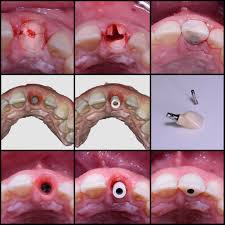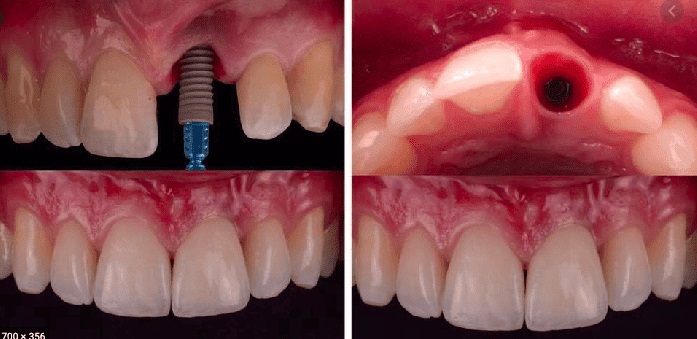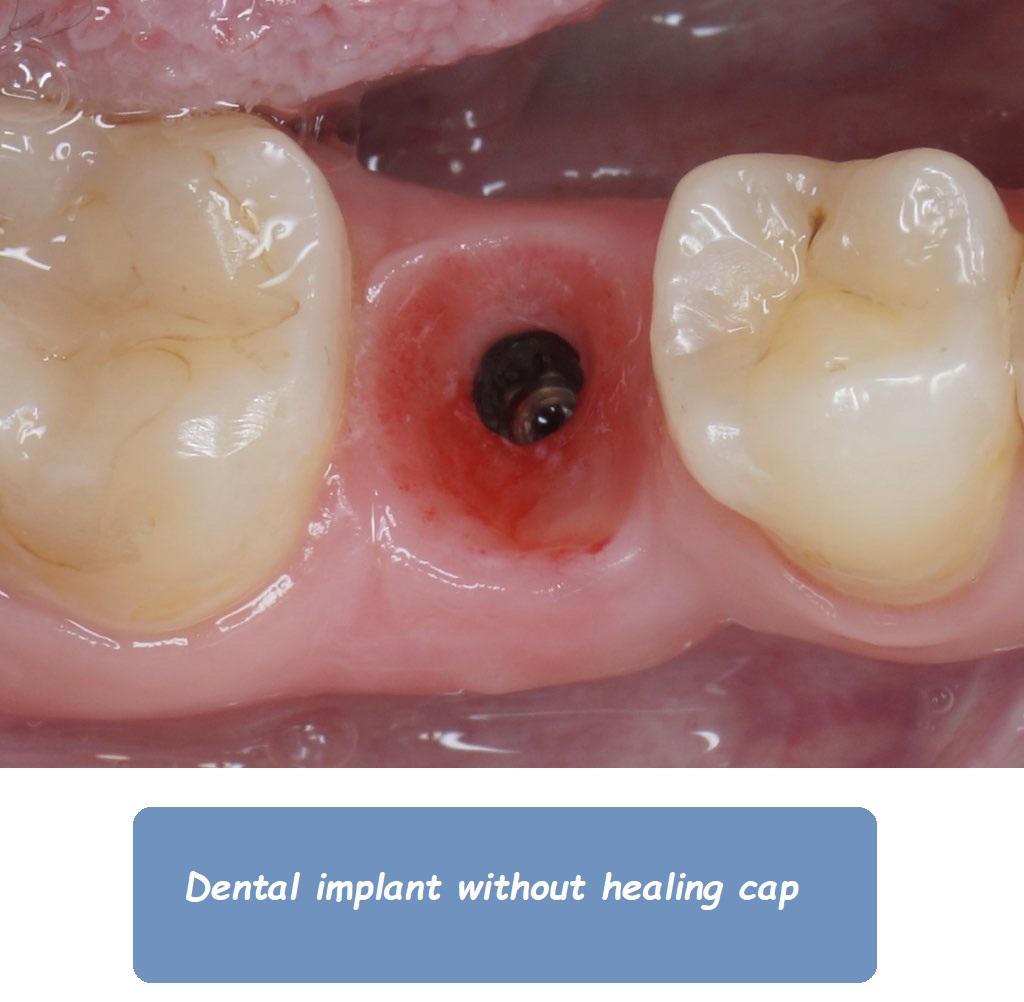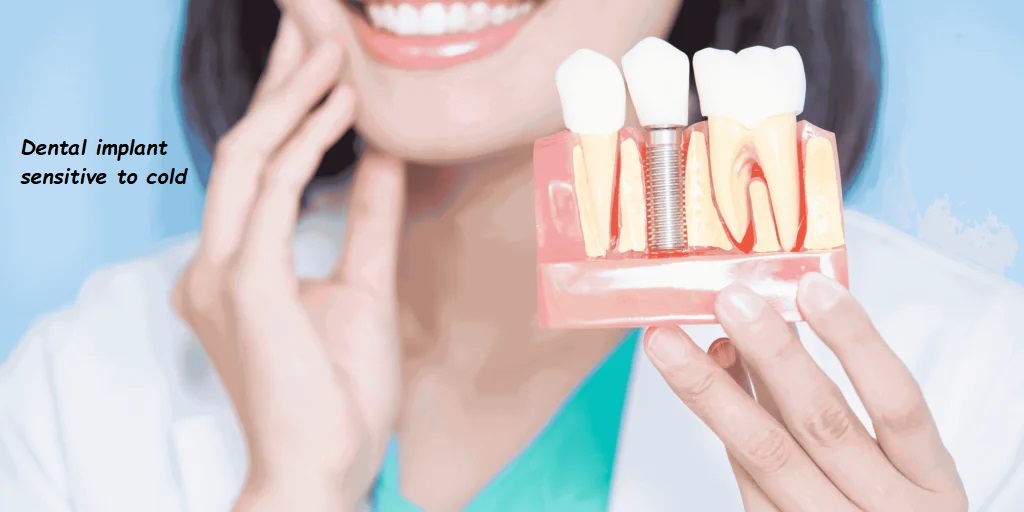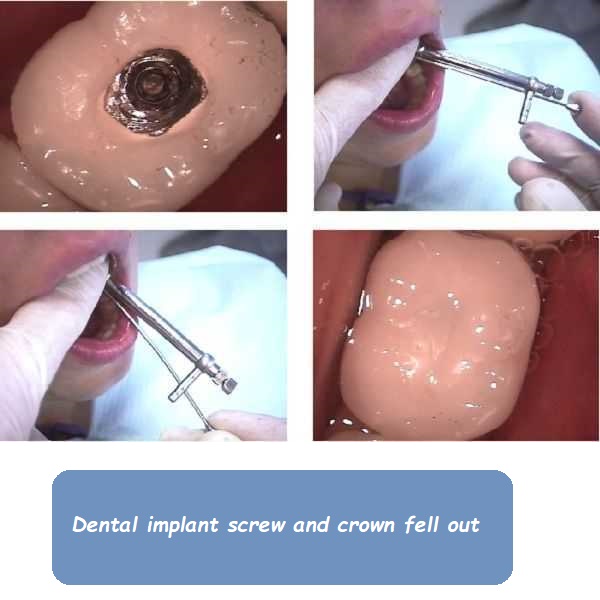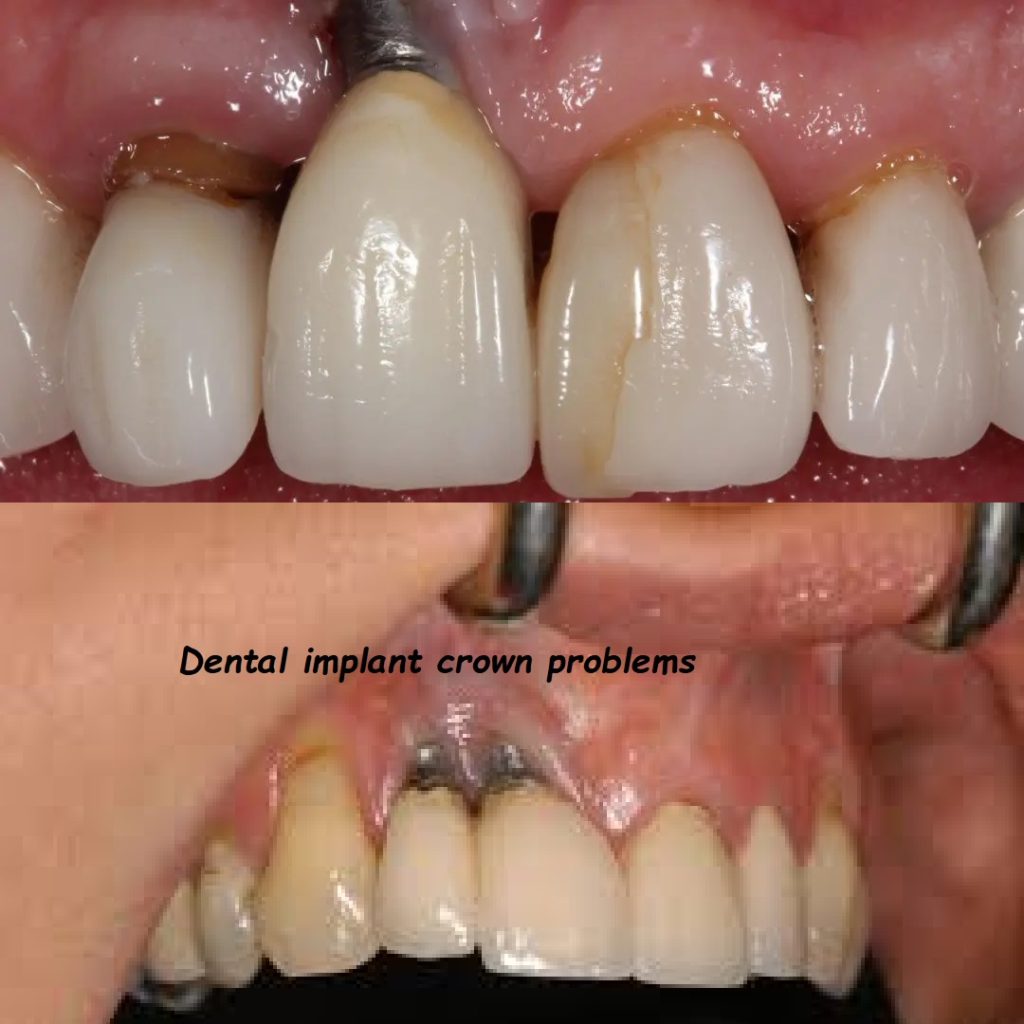Mini implants vs regular implants
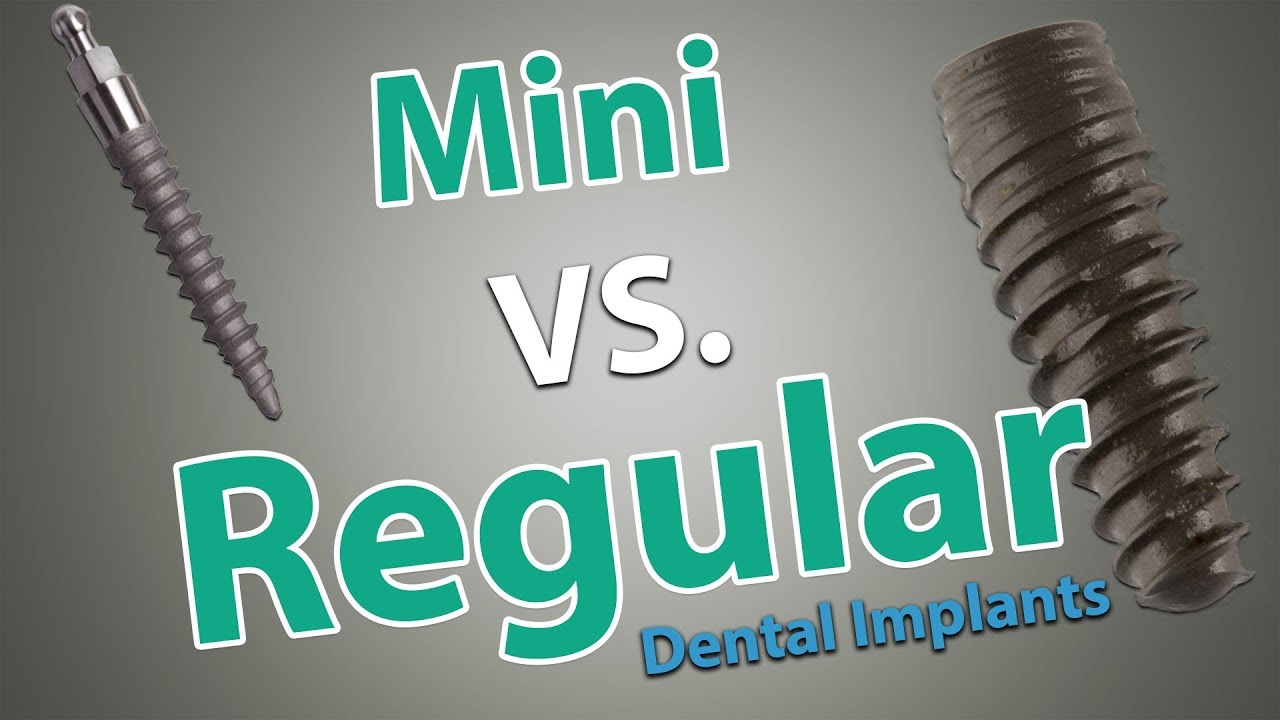
Dental implants have become the gold standard for replacing missing teeth, offering a durable and aesthetically pleasing solution. Within the realm of dental implants, there are two primary types: mini implants and regular implants. Understanding the differences between mini implants vs regular implants can help patients and dental professionals make informed decisions based on individual needs and conditions.
What Are Mini Implants?
Mini implants, also known as mini dental implants (MDIs), are smaller in diameter compared to regular dental implants. Typically, they range from 1.8 to 3.3 millimeters in diameter. Mini implants are often used in situations where there is insufficient bone structure to support a standard implant, or when the patient requires a less invasive procedure.
Characteristics of Mini Implants
- Size: Smaller in diameter (1.8 to 3.3 mm).
- Structure: Usually a one-piece design where the post and abutment are combined.
- Procedure: Often less invasive with shorter healing times.
- Cost: Generally less expensive than regular implants.
What Are Regular Implants?
Regular implants, also referred to as standard dental implants, are the more commonly used type of implant. They typically range from 3.4 to 7 millimeters in diameter and are designed to replace individual teeth or support bridges and dentures.
Characteristics of Regular Implants
- Size: Larger in diameter (3.4 to 7 mm).
- Structure: Usually a two-piece design where the post and abutment are separate components.
- Procedure: Requires more invasive surgery with longer healing times.
- Cost: Generally more expensive than mini implants.
Comparison of Mini Implants vs. Regular Implants
To fully understand the benefits and limitations of mini implants vs regular implants, it’s essential to compare them across various factors such as procedure, cost, durability, and suitability.
1. Procedure and Invasiveness
Mini Implants:
- Invasiveness: Mini implants are less invasive and often do not require a surgical flap. They can usually be placed using a less complex procedure, often under local anesthesia.
- Healing Time: The healing time is typically shorter due to the less invasive nature of the procedure. Patients can often resume normal activities sooner.
Regular Implants:
- Invasiveness: Regular implants require a more invasive surgical procedure, which involves creating a flap in the gum tissue to access the bone.
- Healing Time: The healing period is generally longer, as it takes more time for the bone to integrate with the larger implant. This can sometimes take several months.
2. Suitability and Applications
Mini Implants:
- Bone Density: Mini implants are suitable for patients with lower bone density or those who cannot undergo bone grafting procedures.
- Stability: They are often used to stabilize dentures or for patients needing a quick, temporary solution.
- Space Constraints: Ideal for areas with limited space or where the bone is narrow.
Regular Implants:
- Bone Density: Regular implants are suitable for patients with adequate bone density. Bone grafting may be necessary if there is insufficient bone structure.
- Stability: They provide a more robust and long-term solution for individual tooth replacement, bridges, or full-arch restorations.
- Versatility: Can be used in a wider range of applications due to their larger size and stronger support.
3. Durability and Longevity
Mini Implants:
- Lifespan: Generally, mini implants may not last as long as regular implants due to their smaller size and lower strength.
- Maintenance: Requires careful maintenance and may need more frequent check-ups to ensure they remain stable.
Regular Implants:
- Lifespan: Known for their durability, regular implants can last a lifetime with proper care.
- Maintenance: Routine dental care is essential, but they typically require less frequent adjustments compared to mini implants.
4. Cost Considerations
Mini Implants:
- Initial Cost: Typically less expensive than regular implants, making them an attractive option for budget-conscious patients.
- Overall Cost: While the initial procedure is cheaper, mini implants may incur additional costs if they require more frequent maintenance or replacement.
Regular Implants:
- Initial Cost: More expensive initially due to the complexity of the procedure and the materials used.
- Overall Cost: Higher upfront cost, but potentially lower long-term costs due to their durability and lower maintenance requirements.
5. Patient Experience
Mini Implants:
- Comfort: Often less discomfort during and after the procedure due to the less invasive nature.
- Recovery: Faster recovery times allow patients to return to normal activities sooner.
Regular Implants:
- Comfort: While the procedure may be more invasive, the long-term comfort and functionality are typically higher.
- Recovery: Longer recovery times, but the end result is often more stable and natural-feeling.
Pros and Cons
To further elucidate the differences between mini implants vs regular implants, here are the key pros and cons of each type:
Mini Implants
Pros:
- Less invasive procedure
- Shorter healing time
- Lower initial cost
- Suitable for patients with less bone density
Cons:
- Potentially lower durability and lifespan
- Limited application (mainly for denture stabilization)
- May require more frequent maintenance
Regular Implants
Pros:
- Greater durability and lifespan
- Versatile application (individual teeth, bridges, full-arch restorations)
- Stronger and more stable
Cons:
- More invasive procedure
- Longer healing time
- Higher initial cost
Case Studies and Clinical Scenarios
To provide a practical perspective on the use of mini implants vs regular implants, consider the following clinical scenarios:
Case Study 1: A Senior Patient with Bone Loss
A 70-year-old patient with significant bone loss in the jaw due to aging and previous periodontal disease might find mini implants to be a suitable option. The less invasive nature and smaller size of mini implants make them a viable choice without the need for extensive bone grafting procedures. This patient can benefit from the stability provided by mini implants to secure their dentures.
Case Study 2: A Middle-Aged Adult Requiring a Single Tooth Replacement
A 45-year-old patient in good general health but missing a single tooth due to trauma would likely benefit from a regular dental implant. The robust structure of a regular implant offers a durable and long-term solution, restoring both function and aesthetics to the patient’s smile.
Case Study 3: A Young Adult with Limited Space Between Teeth
A 30-year-old patient with congenitally missing lateral incisors, who has limited space between adjacent teeth, might find mini implants advantageous. The smaller diameter of mini implants can fit within the narrow space, providing an effective solution without compromising neighboring teeth.
Conclusion
Deciding between mini implants vs regular implants involves careful consideration of various factors, including the patient’s oral health, bone density, budget, and specific dental needs. Mini implants offer a less invasive, cost-effective solution suitable for patients with lower bone density or those needing denture stabilization. On the other hand, regular implants provide a durable, versatile, and long-term option for a wide range of dental restorations.
Consulting with a dental professional is crucial to determine the most appropriate type of implant for each individual case. By understanding the differences and potential applications of mini implants vs regular implants, patients can make informed decisions that best suit their needs and ensure the success and longevity of their dental restorations.
Related to read:
Best Oral Hygiene Practices For Optimum Oral Health.
How to Whiten Teeth Naturally?
How to keep your gums healthy and disease-free?
References
To ensure the information provided is accurate and up-to-date, the following sources were referenced:
- American Dental Association. (n.d.). Plaque and Tartar. Retrieved from ADA website
- Mayo Clinic. (n.d.). Dental Plaque. Retrieved from Mayo Clinic website
- National Institute of Dental and Craniofacial Research. (n.d.). Periodontal (Gum) Disease. Retrieved from NIDCR website
Are Mini Implants as Good as Regular Implants?
Mini implants and regular implants serve similar purposes but differ in size, application, and suitability for various clinical situations. Here’s a comparison:
- Size and Design: Mini implants are smaller in diameter (typically less than 3 mm) compared to regular implants (which are usually between 3.5 mm and 5 mm in diameter). This makes mini implants suitable for areas with limited bone width.
- Procedure: Mini implants often require less invasive procedures and can sometimes be placed with local anesthesia only. Regular implants may require more extensive surgical procedures, including bone grafting in some cases.
- Strength and Functionality: Regular implants generally offer greater strength and stability due to their larger size. They are often preferred for replacing single teeth or multiple teeth in areas of high chewing pressure. Mini implants are commonly used for stabilizing dentures or in areas where there is insufficient bone width.
- Longevity and Durability: Regular implants are typically considered more durable for long-term use, particularly for single tooth replacements or significant restorative work. Mini implants are generally effective but may have limitations regarding long-term durability and use under heavy stress.
What Are the Disadvantages of Mini Implants?
While mini implants offer several advantages, they also come with potential disadvantages:
- Lower Strength: Due to their smaller size, mini implants generally offer less strength and stability compared to regular implants. This can be a disadvantage in areas where significant chewing force is expected.
- Limited Application: Mini implants are primarily used for denture stabilization and in situations where bone width is limited. They are not typically used for single tooth replacements or in cases where high functional demands are placed on the implant.
- Potential for Higher Wear: Because mini implants have a smaller surface area, they may be more susceptible to wear and complications under heavy use. This can affect their longevity and functionality.
- Bone Loss Risk: In some cases, mini implants may be more susceptible to bone loss around the implant site if not properly cared for or if placed in less than ideal conditions.
- Limited Research: There is less long-term research available on mini implants compared to regular implants, which means their long-term success and durability are not as well established.
How Long Will Mini Implants Last?
The longevity of mini implants varies based on several factors:
- Placement and Usage: Mini implants generally last between 5 to 10 years, depending on their placement, the stress they are subjected to, and how well they are maintained. They may need to be replaced or adjusted over time, especially if used for denture stabilization.
- Patient Care: Proper oral hygiene and regular dental check-ups are crucial for maintaining the health of mini implants. Poor oral hygiene or neglect can lead to complications and affect the longevity of the implants.
- Bone Quality and Health: The quality and quantity of the bone where the mini implants are placed can also influence their longevity. Adequate bone support and overall oral health are essential for the success of mini implants.
What Is the Success Rate of Mini Implants?
The success rate of mini implants is generally high, although slightly lower compared to regular implants. Success rates for mini implants typically range from 80% to 90%, depending on various factors:
- Clinical Studies: Studies indicate that mini implants have a good success rate when used appropriately, particularly for denture stabilization and in situations with limited bone width.
- Factors Affecting Success: The success rate can be influenced by the implant’s placement, the patient’s oral hygiene, the quality of the surrounding bone, and the implant’s use. Mini implants used in situations with less stress or for denture stabilization tend to have higher success rates.
- Long-Term Research: While the short-term success rate for mini implants is promising, long-term research is still ongoing. The long-term durability and success of mini implants may vary based on individual cases and usage.
In summary, mini implants can be a good option for specific situations, particularly where space is limited or for denture stabilization. However, they have some disadvantages compared to regular implants, including lower strength and limited applications. Their longevity and success rate are generally favorable but can vary based on individual circumstances and usage.
Who Is a Good Candidate for Mini Implants?
Mini implants are suitable for certain patients and clinical scenarios, particularly where traditional implants may not be feasible. Good candidates for mini implants include:
- Limited Bone Width: Patients with narrow or insufficient bone width where regular implants might not fit well. Mini implants can often be placed in areas with less bone without the need for extensive bone grafting.
- Denture Wearers: Individuals who wear dentures and need additional stability. Mini implants can be used to stabilize dentures, preventing them from shifting and improving comfort and function.
- Older Adults: Older adults who might have experienced bone loss but still want an effective solution for denture stabilization or other dental issues. Mini implants can be a less invasive option for enhancing denture retention.
- Patients with Health Issues: Patients who may not be ideal candidates for more invasive procedures due to health concerns. Mini implants typically involve less surgical intervention, making them suitable for individuals with certain health conditions that preclude larger implants.
- People Seeking Less Invasive Solutions: Those looking for a less invasive and quicker procedure compared to traditional implants. Mini implants often require less recovery time and have a simpler placement process.
What Are the Complications of Mini Implants?
While mini implants can be a viable solution, they come with potential complications:
- Lower Strength: Mini implants offer less strength and stability compared to regular implants, which can be a drawback for high-stress applications, potentially leading to implant failure under heavy use.
- Bone Loss: There is a risk of bone loss around mini implants, especially if the implant is subjected to excessive stress or if proper oral hygiene is not maintained.
- Infection: As with any implant, there is a risk of infection at the implant site, which can lead to complications like peri-implantitis or other inflammatory conditions.
- Implant Failure: Though generally rare, mini implants can fail due to poor integration, inadequate bone quality, or other factors affecting their stability.
- Wear and Tear: Mini implants may be more prone to wear and mechanical issues, particularly if they are used to support heavy prosthetics or dentures.
Can You Eat with Mini Implants?
Yes, you can eat with mini implants, especially if they are used to stabilize dentures or support a prosthetic. However, there are some considerations:
- Initial Healing Period: After placement, there may be an initial period where you need to stick to softer foods to avoid disturbing the implant site.
- Dietary Adjustments: Once healed, mini implants can typically handle normal eating, but it’s advisable to avoid very hard or sticky foods that might stress the implants or cause discomfort.
- Denture Stability: If mini implants are used to stabilize dentures, they can greatly improve the ability to eat comfortably compared to unsecured dentures.
How Painful Are Mini Implants?
The pain associated with mini implants is generally minimal compared to traditional implants due to the less invasive procedure:
- Procedure: The placement of mini implants often involves a less invasive procedure, which can result in reduced discomfort during and after the surgery.
- Post-Operative Pain: Any discomfort after mini implant placement is typically manageable with over-the-counter pain medications. Swelling and soreness are common but usually subside within a few days.
- Local Anesthesia: The procedure is usually performed under local anesthesia, minimizing pain during the surgery.
- Recovery: Most patients report mild discomfort similar to that experienced after minor dental procedures, and recovery times are generally quicker compared to more invasive implant surgeries.
Can Mini Implants Be Done in One Day?
Yes, mini implants can often be placed in a single visit, making them a viable option for patients seeking a quicker solution:
- Placement Procedure: The placement of mini implants is typically a straightforward procedure that can be completed in one visit. It usually involves a less invasive technique compared to regular implants.
- Immediate Use: In some cases, mini implants can be used immediately to stabilize dentures or provide support, allowing patients to leave with an improved fit right away.
- Single Day Procedures: For patients who need immediate stabilization of dentures or other immediate needs, mini implants can often be placed and used within the same day, depending on individual circumstances and treatment plans.
In summary, mini implants are a good option for certain patients, especially those with limited bone width or needing denture stabilization. They come with potential complications and considerations, but they can be a less invasive and quicker alternative to traditional implants. Pain is typically minimal, and the procedure can often be completed in one day, offering a practical solution for many dental issues.



